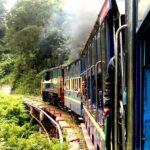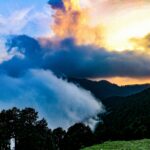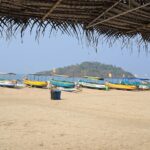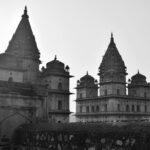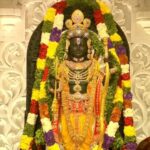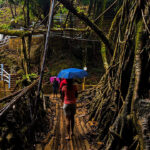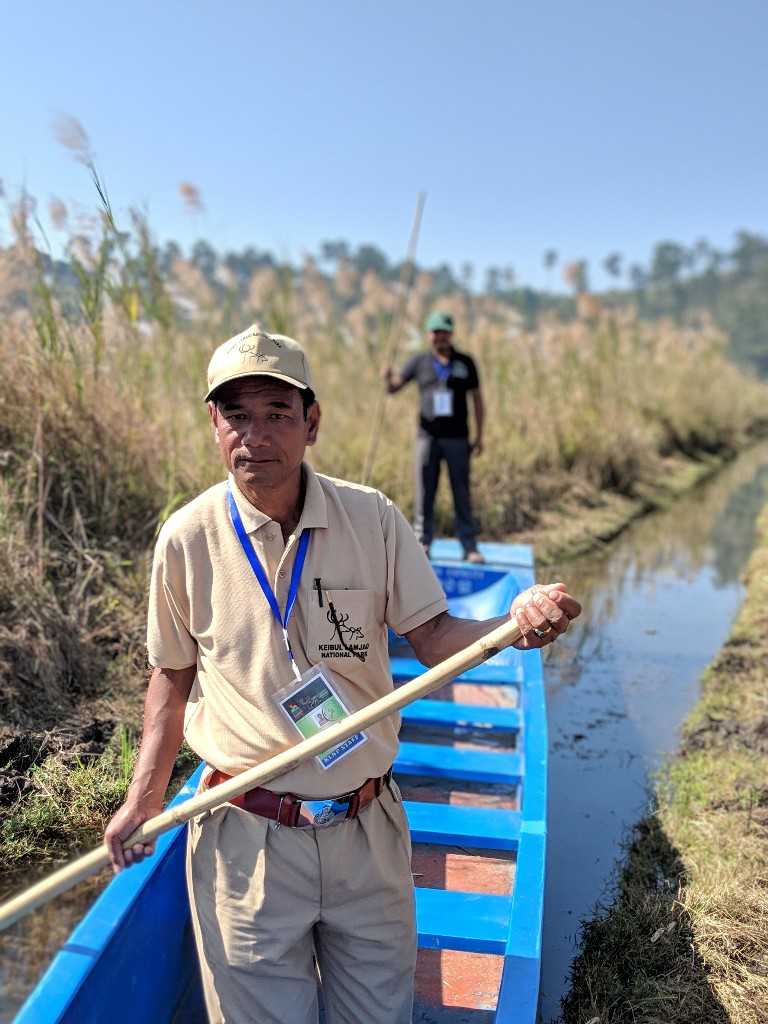
Humans of Wanderlust #23: Ratan and Ashok Kumar – Keibul Lamjao National Park caretakers
Ratan and Ashok Kumar are not brothers but are not less than a brother. They both are 29 years old and have been childhood friends. They share the same ideology of saving the pride of Manipur, the animal which is an endangered species found in Keibul Lamjao National Park, the Rucervus eldi eldi locally known as Sangai. They both handle the working and preservation of Sangai in the national park.
Table of Contents
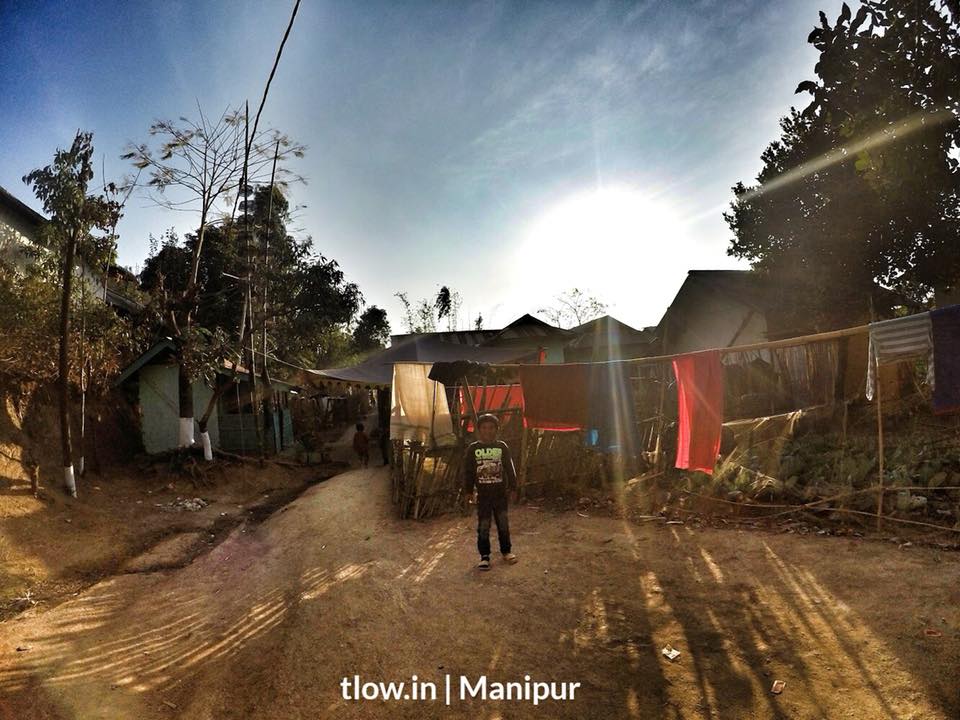
Ratan has a younger brother and Ashok has an elder sister. They both live with their respective parents. Although they live in different villages they were together from childhood. The duo met in school and became friends and now share the same interest of saving the endangered species in the floating national park.
Both are young, enthusiastic and equally dedicated towards the preservation of the Sangai. They work in the Keibul Lamjao National Park committee. They are working voluntarily to preserve the deer. In return, they get nothing, but good wishes.
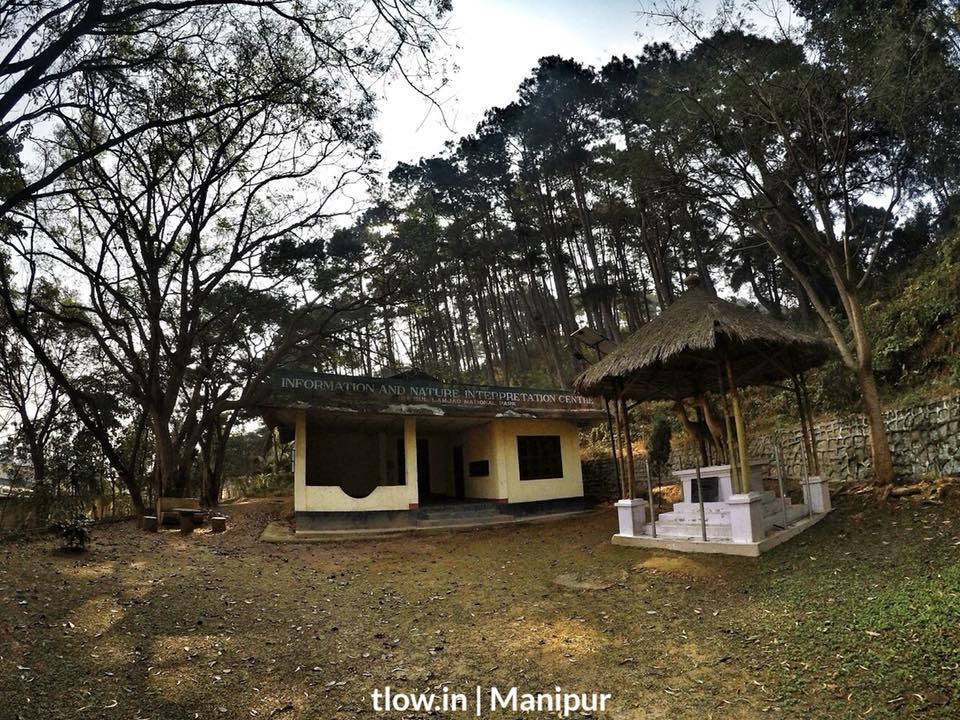
“We are appointed by the authority known as WINE in 2017. We just started working on 21st November 2017. We are doing this work as volunteers and are not paid or get any kind of remuneration for this work. Many of the volunteers who joined with us, recently. For them, the priority was different. We are here for the conservation of Sangai in the park. We are from nearby villages and want to save the endangered species at any cost, therefore we are doing this work,” Ratan said.
How many people are working in the national park committee?
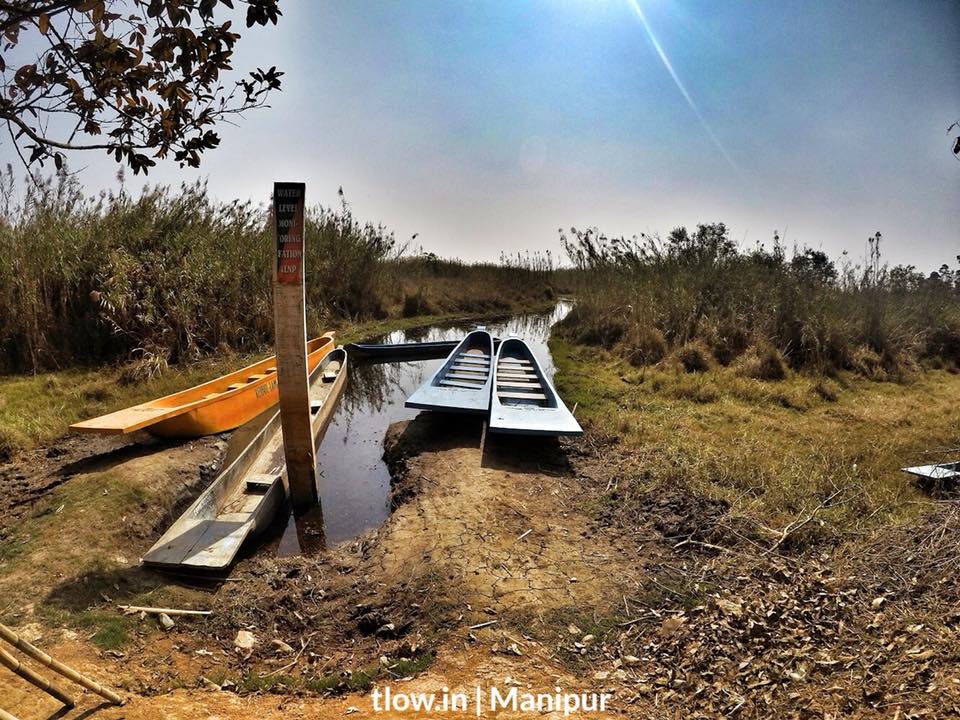
“Right now only three people are working and the others have left and gone back. They wanted salary and the committee had no back support from the government to give salary, so they left. Only three people are left who are taking care of this conservation project with a couple of guards protecting the national park. We want to give visitors information about Sangai.
We also want to protect this endangered species from poaching and other threats. That’s why we think it’s our responsibility to stay and save this national park. There’s a lot of communication gap between our committee and visitors, we are trying to fill up this gap,” Ashok explained.
Do you get any kind of help from the government?
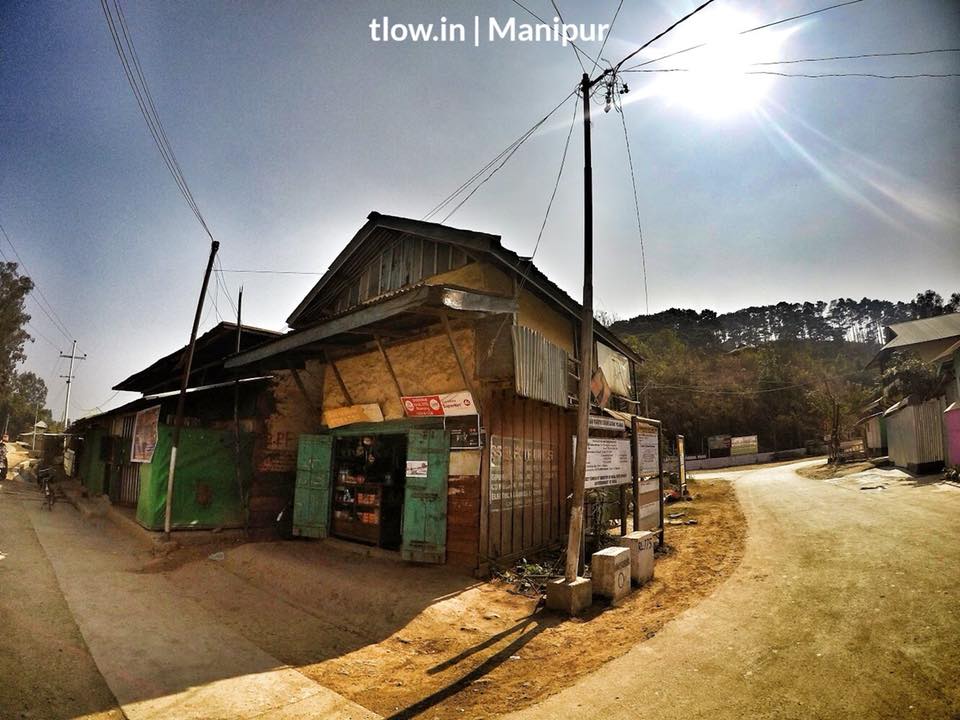
“We have requested them many times, but till date we haven’t got any good response from them. More and more tourist are coming year by year, so let’s see if they can provide some help in the future. From different part of the world, people are coming and experiencing the park, but they haven’t helped us in any form and no one is there to listen. Maybe when more and more tourists come to this place, then their sleep end,” said a hopeful Ratan.
Which kind of species are there in this floating National Park?
“This park support about 260 Sangai deer (Rucervus eldii eldii) and almost an equal number of Hog deer (Axis porcinus) as per the 2016 census conducted by the Forest Department, Manipur. The other biodiversity found in the park are 22 species of mammals such as Wild Pig (Sus scrofa), Common Otter (Luthra Luthra), Indian Civet Cat (Viverriculata indica) and 25 species of reptiles such as Freshwater Turtles, Viper, Krait, Cobra, Python, etc.
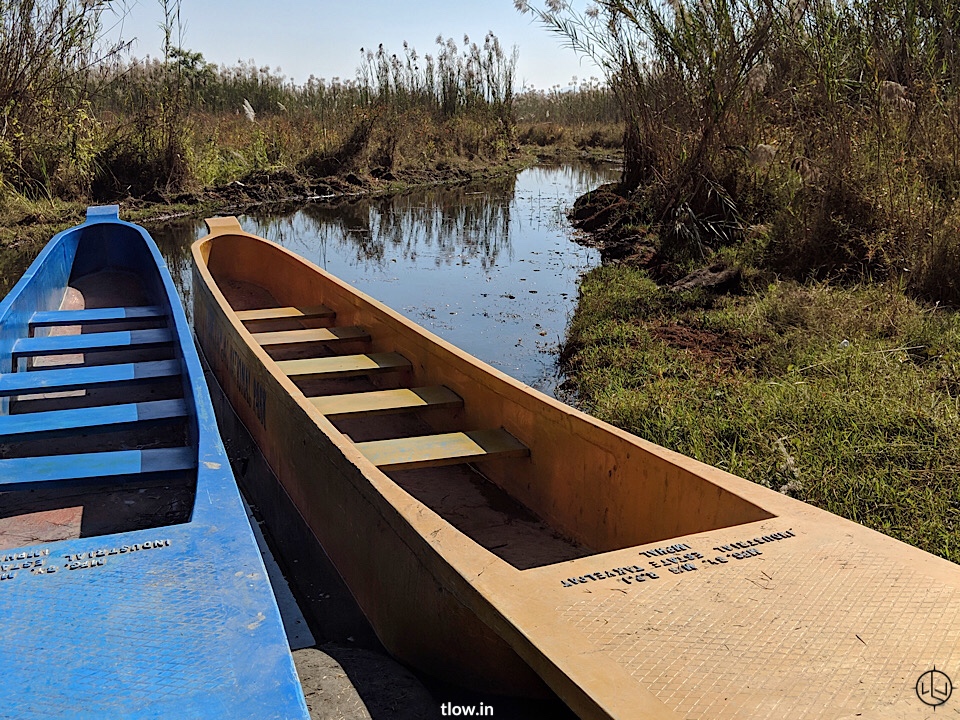
The park harbours important migratory birds such as Baer’s Pochard (Aythya baeri), Mandarin Duck (Aix galericulata), Bar-headed goose (Anser indicus), Ruddy Shelduck (Tadorna ferrguinea), Shoveller (Anas strepera), Gadwall (Astrepera streperal), Northern Pintail (Anas acuta), Pochard (Aythya ferina), Baikal Teal (Anas Formosa), Little Cormorant (Phalacrocorax niger) etc. The total avian fauna, both resident and migratory found in the park are more than 150 species. There are many indigenous fish species such as Anabus testudineus, Channa striatus, Monoterus album etc,” Ashok said.
Fully grown Sangai and Hog deer weigh 110kg and Wild boar weighs 100kg. They are presently more than 1000 in the National Park. “Having a wild boar is beneficial for us because it’s favourite food is a snake. It kills many poisonous snakes with its leg and then they eat them. So it balances nature,” Ratan explained.
Hog deer are mainly found in South East Asia and now they are also found here.
What’s the difference between Sangai and Hog deer?
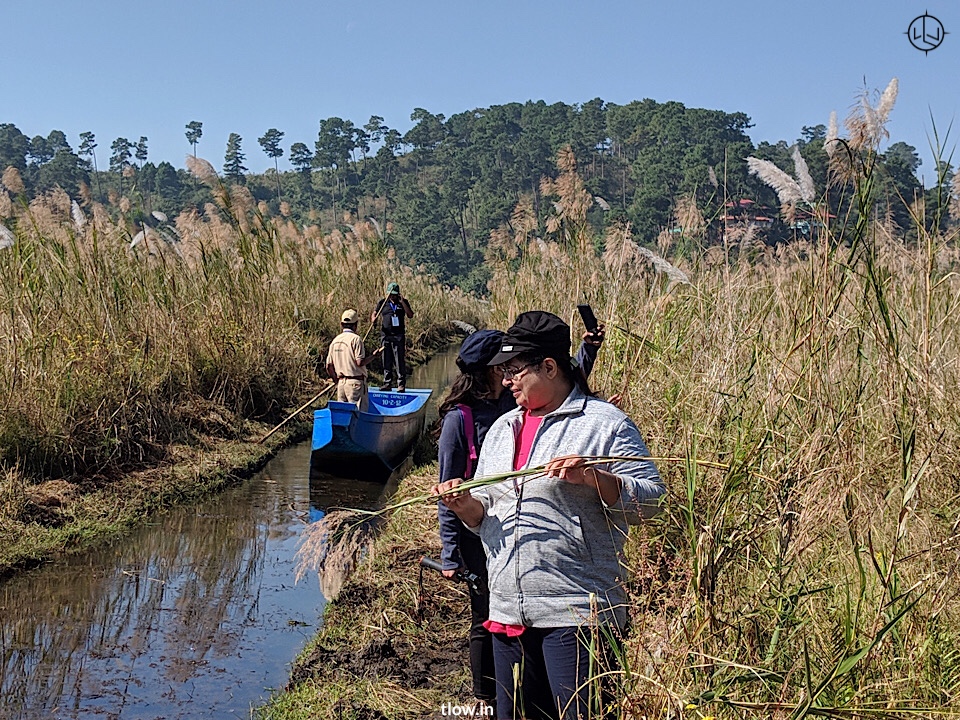
“The major difference is their appearance. One can differentiate easily by seeing their horns and ears. Food and breeding habits are almost the same. If you know these basic differences, you can easily tell which kind of deer it is. During this time of the year, the hog deer mostly rest in their home and are not seen out much,” Ashok said.
Are there any vegetables or fruit grown in this floating Keibul Lamjao national park?
“There are many special vegetables that grow here. Around 26 different varieties of vegetables grow in this national park which can be consumed by human beings. The famous vegetables which grow over here is Thai ginger, locally we call it ‘Loklei’ which is very good for health. We have it with a chutney called ‘Iromba’ and you can find it sold in Ima market of Imphal. Different varieties of rice are also grown around the National Park which is highly valuable for selling. The local name for black rice is ‘Chahao’. It’s high in protein and has a high demand,” Ratan said.
How is the ecosystem of this floating national park?
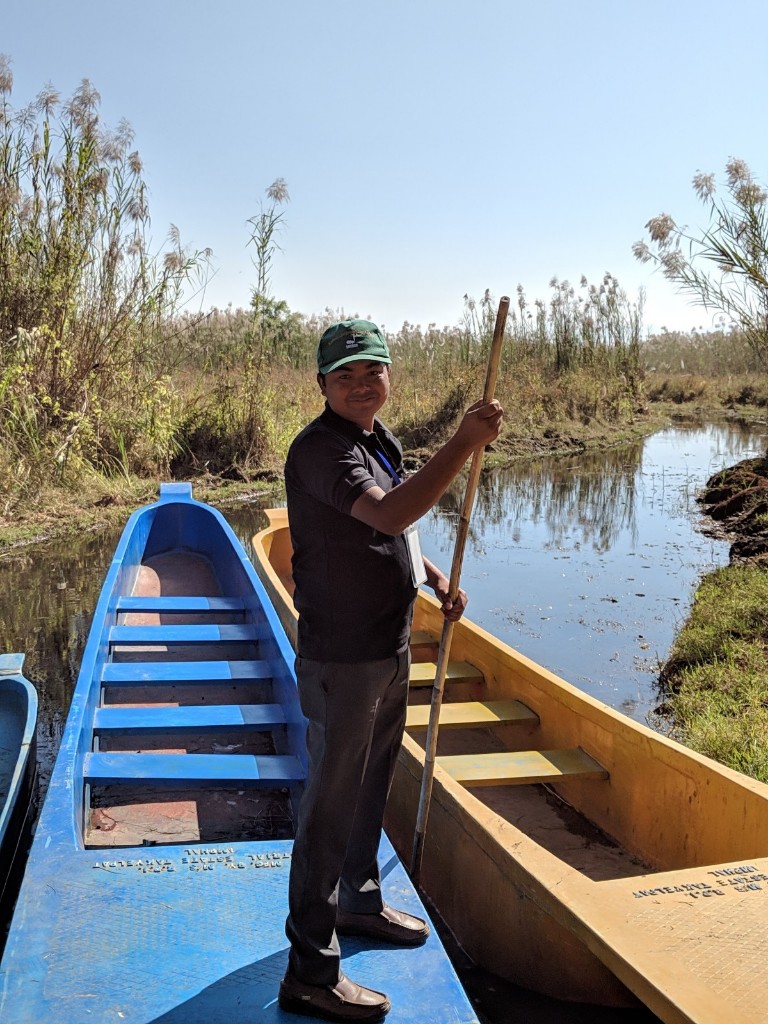
Ashok said, “The national park is based on floating biomass called Phumdi. It is made up of decayed plants and roots and it’s a perfect home for the Sangai, Hog deer and wild boar. As the government has built a hydropower plant in Ningthoukong area, it transfers the water from one side to the other side of the mountain. It is affecting the thickness of phumdi and even the marine life of the lake. Many phumdis are on the verge of collapse.
We are taking initiatives of attaching the phumdis with bamboo poles so that it doesn’t break nor gets separated and can easily get the water to grow. I think the government need to understand the fact that if they keep on bringing modern things in Loktak Lake, they will lose the authenticity and natural serenity of the place.”
–>For a similar experience, >>Click here
–>To plan a trip to North-East India, >>Click here

